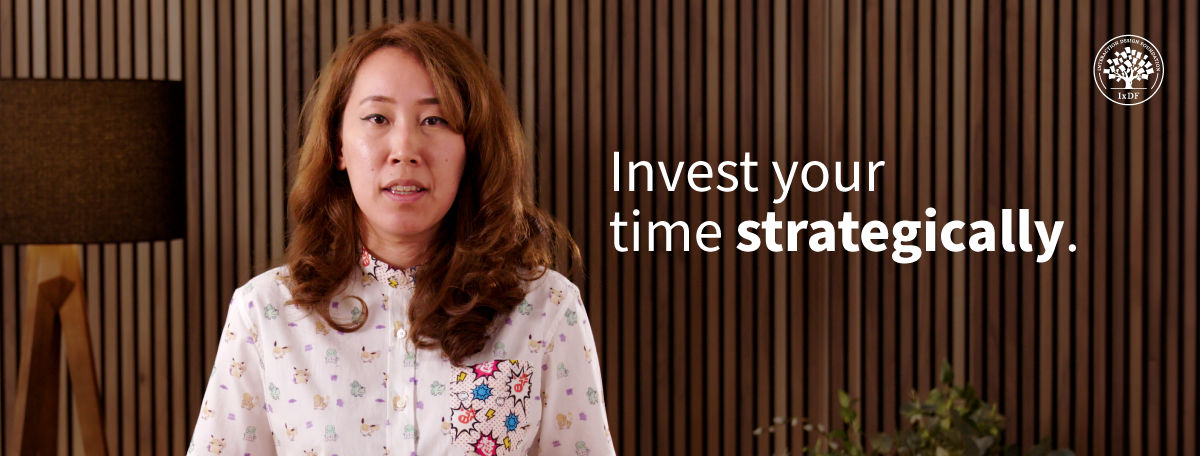Don't get rejected! Here are the seven mistakes that are holding you back from landing your dream job. Hiring managers review hundreds of portfolios in one go. What are the main mistakes and patterns they notice? From attention to detail—typos—to the balance of quality and quantity. Let’s learn how to avoid the most common mistakes and discover how to make your portfolio stand out for the right reasons.
In this video, Morgane Peng, Design Director at Societe Generale CIB, talks about the top seven mistakes she finds in designers’ portfolios:
Show
Hide
video transcript
- Transcript loading…
Beyond Your Portfolio: Connect and Grow with IxDF Local Groups
Even the most impressive portfolio benefits from a strong network. IxDF Local Groups offer a unique opportunity to connect with fellow UX enthusiasts in your area, allowing you to foster valuable relationships that can lead to mentorship, collaboration, and even your dream job. Join a local group to share insights, get feedback on your work, and expand your professional circle. Sometimes all it takes is one conversation to change your career trajectory.
The Take Away
Avoid the following common mistakes to stay ahead of the curve and increase your chances of landing a job interview:
Manage your time strategically: Hiring managers will most likely focus on the case studies in your portfolio. Don't get caught up and spend excessive time on non-essential details such as personal logos.
Quality over quantity: Remember that hiring managers might not have time to thoroughly review all your case studies, make sure they only see the best ones.
Curate your portfolio thoughtfully: Showcase projects that align with the specific job or role you are applying for. Make it easy for the hiring manager to see how you could contribute to their team.
Attention to detail: Typos, grammar errors or misalignments can detract from the professionalism of your portfolio.
Personalize your portfolio and make it unique: Don’t copy popular templates—you will not be the only one. If you don’t have visual design skills, you can use a template but find a way to tailor it to your own content and style. If you keep your portfolio identical to the original template, hiring managers might recognize it.
Incorporate self-reflection: Don’t only feature the result of your work. Showcase your problem-solving and critical-thinking skills. Hiring managers are often more interested in how you arrived at the solution—your design process—than the final outcome.
Emphasize your value as a designer: Being a designer isn't just about the tools you use but how you understand and apply design principles appropriately. Make sure that your portfolio—whether you create a website or a PDF—adheres to the standards and ensure responsiveness, accessibility and proper formatting.
Join an IxDF local group to meet people who share your passion for design and see how conversations open doors.
References and Where to Learn More
Take our course, Build a Standout UX/UI Portfolio: Land Your Dream Job.
Find out how to Harness the Power of To-Do Lists in Your Short-Term Time-Management Plans.
Read Designlab’s article, 14 Common UX Portfolio Mistakes to Avoid for Career Success.
Read UX Collective’s piece, Six Critical Mistakes in UX Design Portfolios.
Build your brand and network in your local area through an IxDF Local Group.
Hero image: © Interaction Design Foundation, CC BY-SA 4.0



